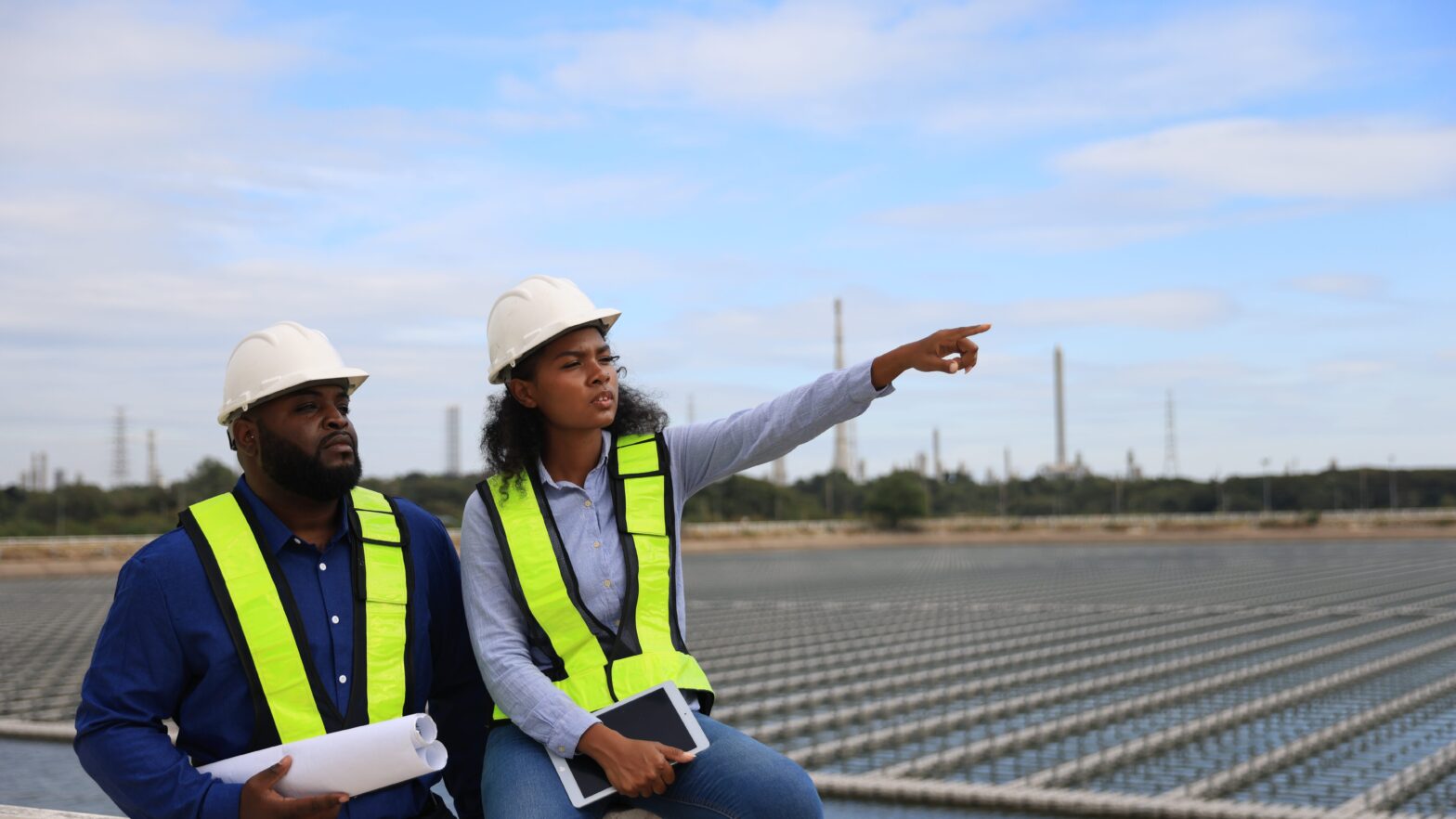In the talent world, we often talk about the push and pull of the market — when it’s driven by candidates or led by clients. Each of those comes with…
Read More
Following Up After a Job Interview Starts With Being Proactive During It

You have just completed a successful job interview and thanked everyone you talked with from the person at the front desk to the hiring manager.
Now what?
Let’s talk about the art of the follow-up in 2022.
Rule of thumb, be mindful of your audience, says Eric Kean, Principal at The Lee Group.
“Know your audience. And cater to that audience.”
Aim to be proactive not reactive, meaning, “Ask the right questions before you leave,” Kean suggests.
In general, when you can sense your interview is wrapping up, you will certainly be asked if you have questions. Ideally, you would lead with some good ones about the position or the company. Your final questions should focus on what the company foresees as its next steps and the overall timeline of the hiring process.
“A lot of people don’t think to ask those type of questions,” Kean says.
In essence, it’s reasonable for a candidate to offer, “I just want to manage my own expectations. From a timeline perspective, what does your process look like from here?”
If you’re told a decision is expected in two weeks, ask if you can call to follow up if you haven’t heard after that period has passed.
Respect the timeline you’ve been given before you follow up. Prepare for your call to be sent to voicemail. But leave a message. “It’s been three weeks, so I thought I would give you a call. I’m still super interested in the position and really looking forward to the next steps. Just trying to get an idea where you guys are. Please give me a call when you can.”
Should you ever text? Again, read your audience to decide if that is appropriate.
Keep your name in front of your potential next employer by crafting a thank you letter. Be purposeful about brevity in your letter but also be “intentionally redundant,” advises Kean.
During the interview, you were asked about your knowledge base and skillset that directly applied to the position. “You want to bring those details back up in the letter even though you already talked about them,” Kean says. “By the following day, that interviewer likely remembers 40 to 50% of what was discussed.”
Don’t feel you need to rehash everything. Reiterate the key highlights you discussed verbally, especially if you impressed the interviewer in some way. “You’re jogging their memory,” Kean says.
If you forgot to mention something, include that in the follow-up letter, too. Hit the high notes. And being intentionally redundant here, be concise. No one wants to read a letter beyond a page.
Your well-written letter should outline your experience and will serve as a supplement to your resume and be another document that speaks to how well you match the qualifications for the position.
Compose it as a professional, formatted letter, the same kind that you would print out, sign, and put into the mail.
“Do it as a Word attachment and send that Word attachment as the email,” Kean says.
Or print it out, sign it and mail it. You can always hand deliver it to the front desk if you’re concerned about slow postal service.
“Getting mail these days is so rare for many people that you’re likely to make an impression,” Kean says.
And remember, while the interview is important, professional following up can be the difference between getting the job and being overlooked.
